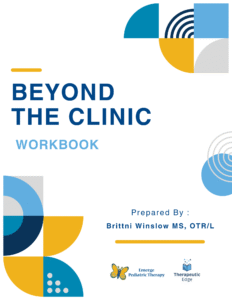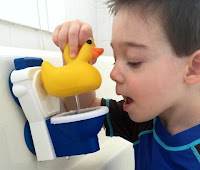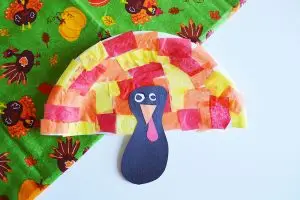
Potty training brings feelings of excitement as kids love doing things on their own and feel like a ‘big boy or girl.’ For children with special needs, learning independence with daily living skills is often difficult. Meeting developmental milestones can be delayed and parents often become worried and frustrated. As a pediatric OT, I’m often asked about tips to help children to use the potty independently.
To help, I added a chapter to my book, The Parent’s Guide to Occupational Therapy for Autism and Special Needs. Many different cultures handle toilet training differently, but ultimately the goal is independence.
Here are my best tips for you in this ‘Out of the POCKET OT‘ toileting post.

If you can answer yes to most of the questions above, your child is probably ready. If most answers are no, give your child some more time. Remember that your child develops at her own pace and there’s NO right or wrong time.
3) Allow your child to choose his own underwear. Go on a fun and special outing together and keep it positive. Make sure underwear is well-fitting. Try wearing the underwear when practicing toilet training and do not yell if the child soils the underwear. He/she is aware and probably embarrassed about the accident already.
4) Keep special toilet books and toys (such as my new favorite Potty Duck) near the potty so that
 |
| Photo from PottyDuck.com |
your child associates the toilet with a positive experience. There are many great books on toilet training. Here are my favorites available via Amazon from my affiliates: P is for Potty (Sesame Street); The Potty Book: for Boys; The Potty Book: for Girls.



